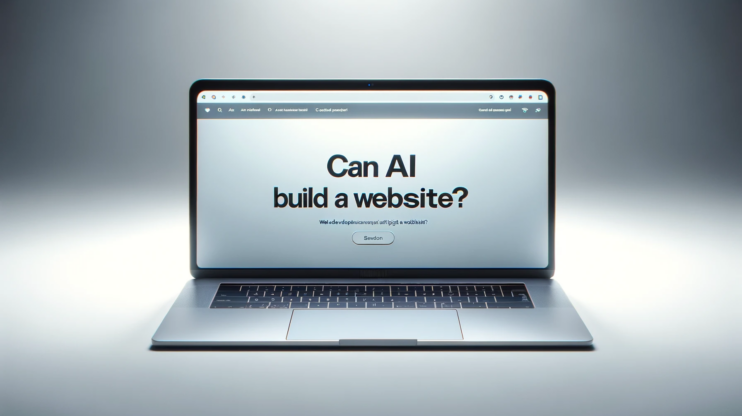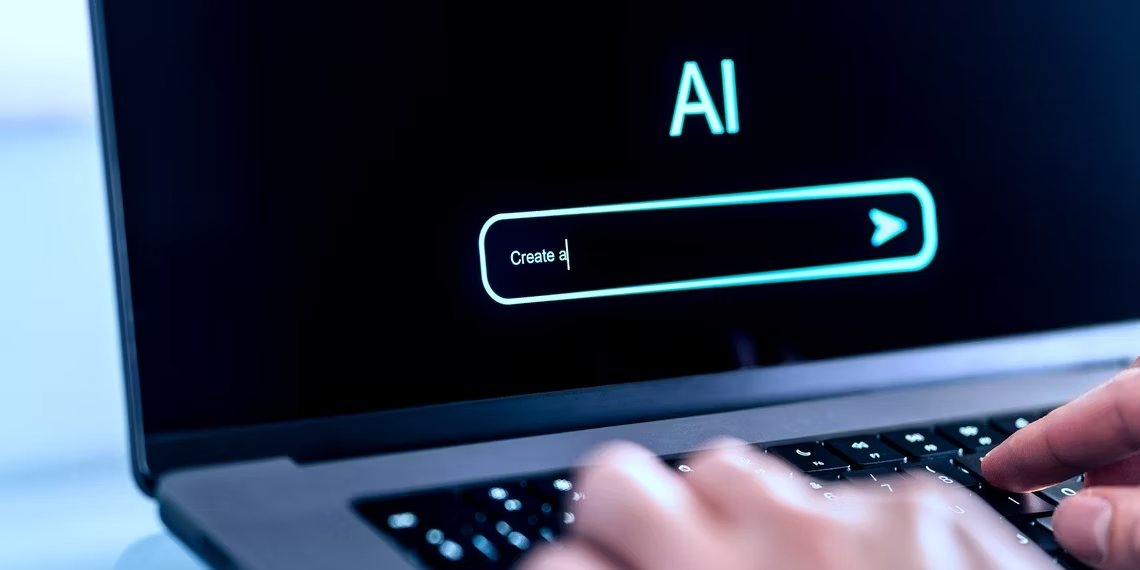
By Admin On 16-05-2024 at 9:36 am
What Is Predictive AI, and How Does It Work?
While generative AI has been capturing much of the spotlight lately, chances are you've encountered predictive AI far more frequently in your daily life.
You've probably heard of generative AI, but how much do you know about predictive AI? While they may sound similar, predictive AI has distinct features and numerous practical applications that you might already be using without realizing it.
What Is Predictive AI, and How Does It Work?
Predictive AI leverages historical data to forecast future events and trends. To be effective, it relies on access to high-quality data and human expertise to accurately identify patterns.
These algorithms collect data from various sources. For instance, to predict a sports team's performance over a season, predictive AI might analyze key success metrics such as chances created, chances faced, and past performances against specific opponents.
Once predictive AI models compile the necessary data, users can make informed decisions and pursue additional research if needed.
Examples of Predictive AI
Predictive AI is utilized across multiple industries, and you’ve likely encountered this technology in action. For instance, companies use predictive AI to identify potential data breaches, while smartphone providers enhance typing accuracy with predictive text.
Here are some prominent examples of predictive AI in action:
1. Predictive Text
Predictive text is one of the most accessible examples of predictive AI in action. By analyzing the language you're typing and your past behavior, predictive text can anticipate what you're going to type next. It also helps correct common errors, with Apple making significant strides in this area. For instance, inline text prediction is a feature in iOS 17 that requires an iPhone 12 or later.
Beyond analyzing past typing habits, predictive text also uses the context of your conversations or documents to offer better typing and spelling recommendations. You can disable inline predictive text on your Mac, and on Android, you can enable predictive text suggestions for a more seamless typing experience.
2. Identifying Potential Security Threats
Cybersecurity is a critical area where predictive AI excels. Predictive analytics help in preventing cybercrime in numerous ways. One familiar example is when you receive an email or text alerting you to an unusual login attempt or suspicious activity on your bank account.
These alerts often prompt you to take action, such as changing your password. Understanding how to prevent security breaches, like account takeover fraud, is essential for protecting your online presence.
3. App and Content Suggestions
Your smartphone and apps have become adept at offering personalized recommendations, thanks to predictive AI. For instance, Google Drive might show a "You often open this around this time" message for frequently accessed documents, while Spotify uses AI to recommend and create playlists based on your listening habits.
Your smartphone's app suggestions also change based on your usage patterns throughout the day, providing a tailored experience that improves with time.
4. Economic Projections
Predictive AI plays a significant role in finance, helping economists forecast market changes. By analyzing historical data and current global affairs, predictive AI can project currency exchange rate fluctuations and industry trends.
This technology can also predict stock market movements and cryptocurrency price changes. For those interested in trading, AI-based crypto tools offer a good starting point for leveraging predictive AI in financial decisions.
5. Weather Forecasts
Weather prediction has always been challenging, but predictive AI is making strides in this field. According to Abdoulaye Diack, Google AI Research Program Manager, their GraphCast tool can forecast weather up to 10 days in advance more accurately than traditional methods.
Predictive AI can process more weather data quickly, providing short-term weather forecasts that help individuals plan their daily activities. On a larger scale, this technology could aid in climate change initiatives and predicting major storms.
6. Business Decisions
Companies utilize predictive AI to make informed decisions and projections for the future. By analyzing consumer behaviors, businesses can gauge the success of their products over 6-12 months and identify market gaps to launch new offerings.
Predictive AI also assists in shaping advertising campaigns and optimizing budget allocation. For business owners interested in exploring these capabilities, we've compiled a list of essential AI tools to enhance business operations.
How Is Predictive AI Different From Generative AI?
While both predictive and generative AI utilize machine learning, they serve different purposes. Predictive AI analyzes historical data to forecast future events, whereas generative AI creates new content based on the information it processes.
These two types of AI can complement each other. For instance, an economist might use predictive AI to anticipate a recession or market crash. Simultaneously, they could employ generative AI to produce research papers or generate strategies for navigating such economic downturns.
Predictive AI is more integrated into our daily lives than we might realize, and its presence will only grow as it continues to improve in accuracy.

Author
Share on:
Related posts

16-05-2024
What Is Predictive AI, and How Does It Work?

